
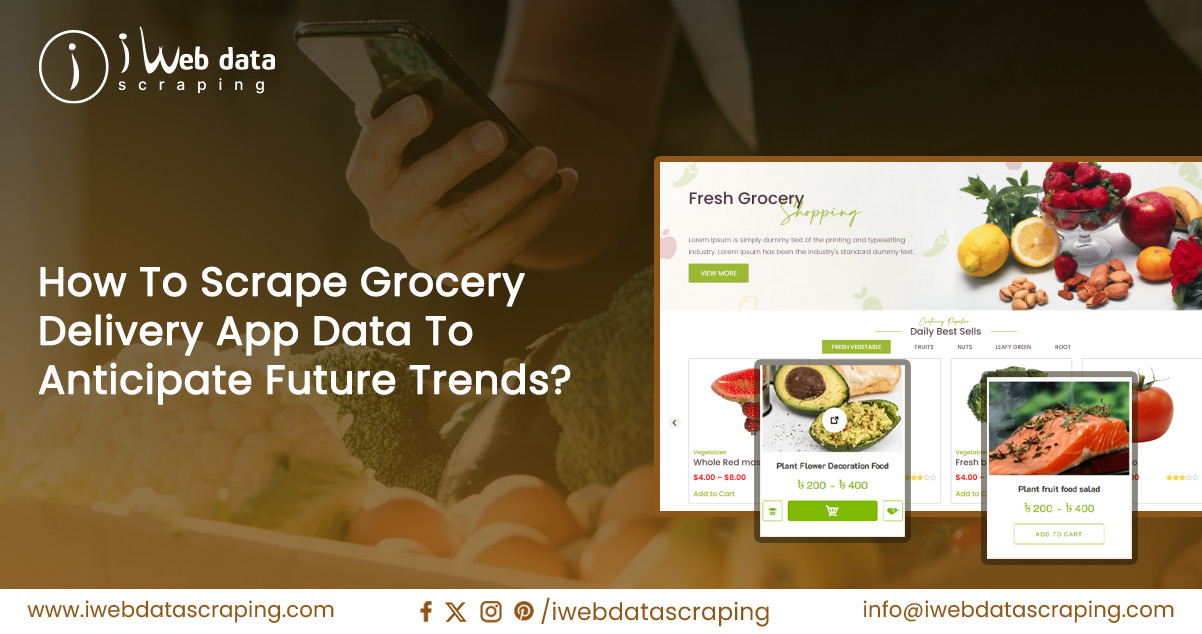
Introduction: In the digital transformation era, the grocery delivery industry is undergoing a paradigm shift fueled by technological advancements. Web scraping, a technique of extracting data from online sources, has emerged as a pivotal force in revolutionizing the dynamics of grocery delivery services. By systematically collecting information from various online platforms, grocery delivery data scraping empowers businesses to gain unprecedented insights into product availability, pricing strategies, and consumer behavior. This transformative process enhances operational efficiency and allows for strategic decision-making, fostering a competitive edge in the market. As grocery delivery services strive to meet the growing demands of online consumers, the intelligent use of scraped data becomes a cornerstone for optimizing inventory management, refining logistics, and personalized customer experiences. However, the ethical implementation of scraping grocery delivery data is imperative to navigate the delicate balance between innovation and privacy concerns in this data-driven evolution of the grocery delivery landscape.
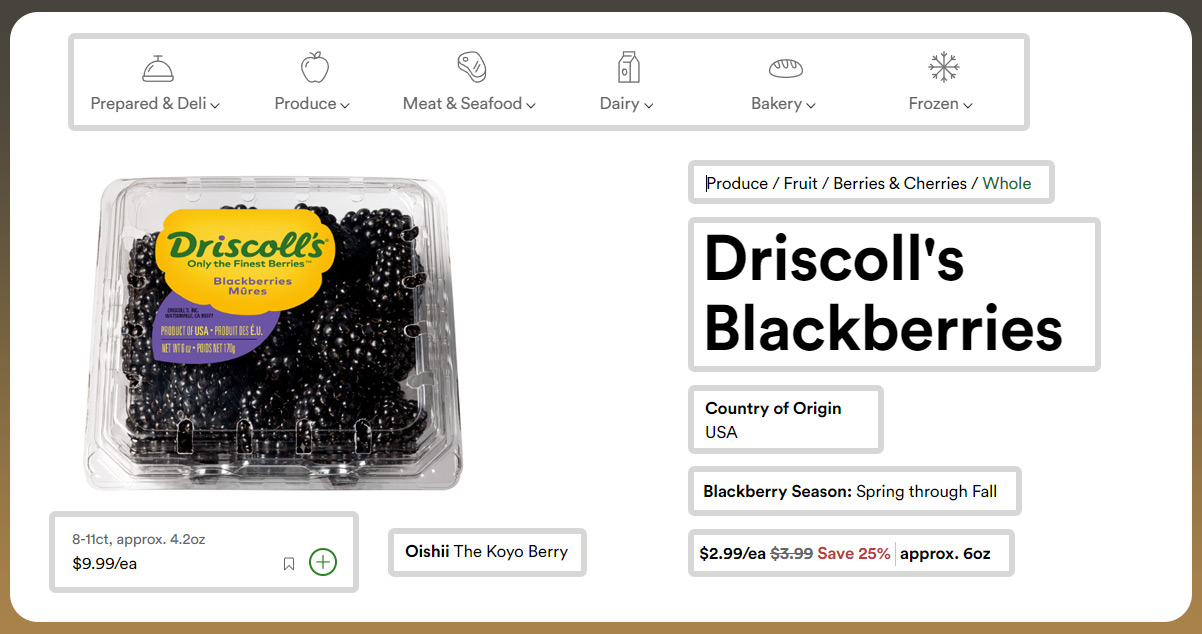
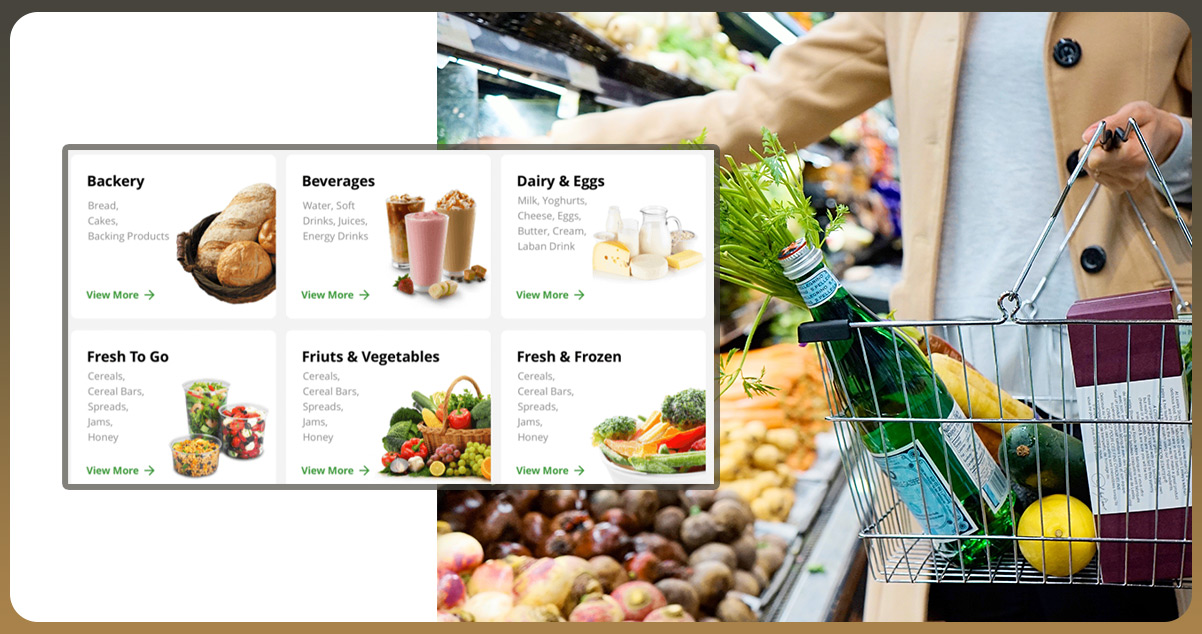
Optimizing Inventory Management: One of the primary benefits of web scraping in the grocery delivery sector is its impact on inventory management. By scraping grocery delivery data from various sources, businesses can monitor real-time inventory levels, track product availability, and streamline their supply chain. It ensures that customers can access accurate and up-to-date information about product availability, reducing frustration and enhancing user satisfaction.
Dynamic Pricing and Competitor Analysis: Web scraping enables grocery delivery services to stay competitive by providing insights into dynamic pricing strategies employed by competitors. By monitoring the prices of similar products across multiple platforms, businesses can adjust their pricing models in real-time, ensuring they remain competitive in a market where prices are subject to frequent changes.
Personalized Shopping Experiences: Through web scraping, grocery delivery services can gather customer preferences, shopping habits, and purchasing history. This data allows businesses to offer personalized recommendations, promotions, and discounts tailored to individual customer needs. Such customization enhances the shopping experience and fosters customer loyalty in a highly competitive market.
Operational Efficiency and Logistics: Scraping data from grocery delivery websites aids in optimizing logistics and operational processes. Real-time information on delivery times, routes, and order volumes allows companies to efficiently allocate resources, reduce delivery times, and enhance overall service quality. It, in turn, contributes to customer satisfaction and loyalty.
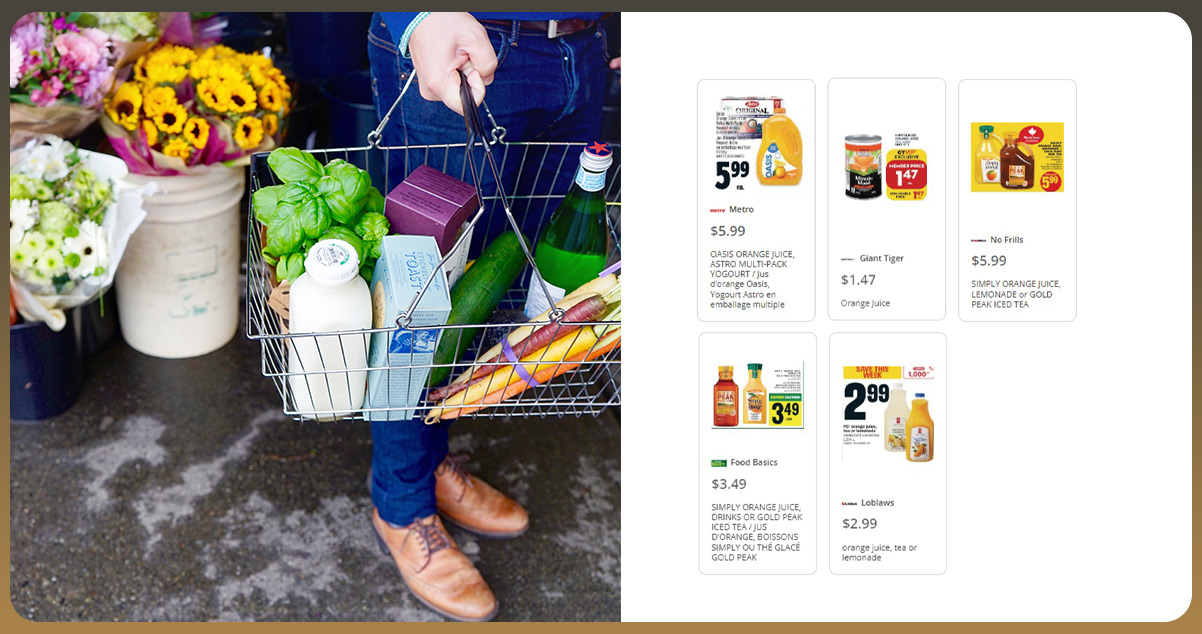
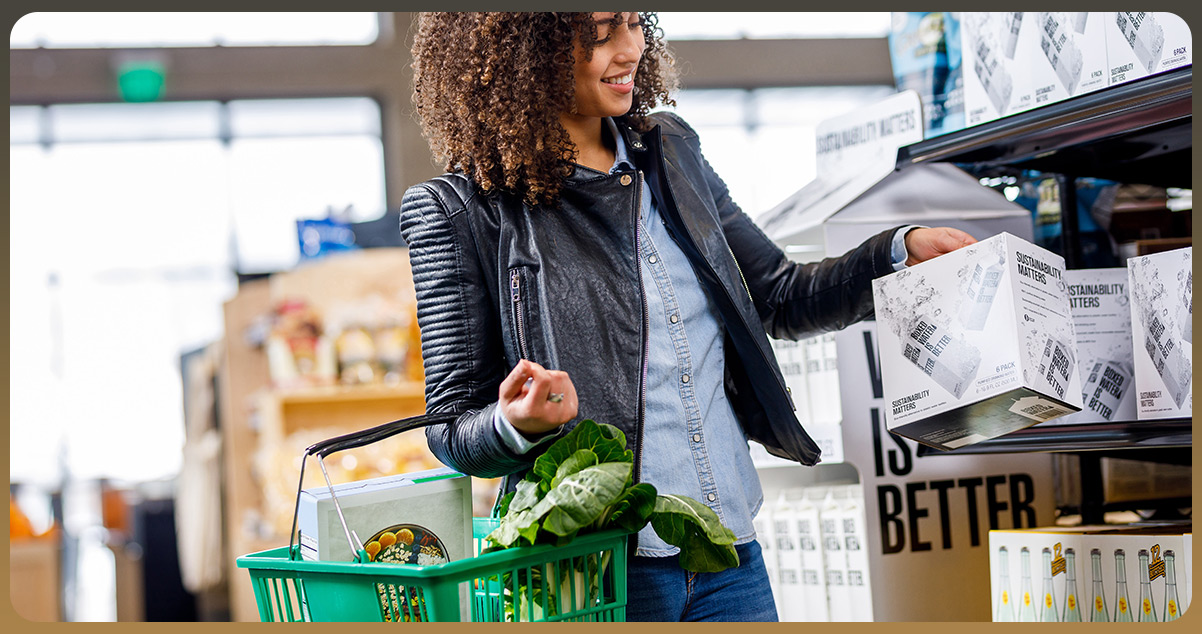
Data scraping integrates with advanced analytics and machine learning models for predictive analytics, enabling businesses to anticipate trends, optimize pricing, and enhance operational efficiency.
As data privacy concerns intensify, future grocery data scraping efforts will prioritize robust security protocols, ensuring compliance with evolving data protection regulations and safeguarding sensitive information.
Data scraped from grocery websites will contribute to the development of AR applications, providing consumers with immersive and interactive shopping experiences and transforming the online grocery shopping landscape.
Blockchain technology will be integrated into grocery data scraping efforts, offering end-to-end visibility in the supply chain and ensuring transparency, traceability, and heightened security.
Grocery data scraping will be crucial in shaping voice commerce and virtual assistant applications, offering users seamless grocery shopping experiences through voice commands and AI-driven recommendations.
Future grocery data scraping endeavors will prioritize sustainability and ethical sourcing, providing consumers with detailed information on environmentally friendly products and ethical business practices.
Conclusion: In conclusion, grocery delivery data scraping stands as a catalyst for transformative change in the industry. The current trends underscore its pivotal role in dynamic pricing, personalization, and inventory management. The future promises heightened integration of advanced technologies, including AI, AR, and blockchain, reshaping the landscape with enhanced user experiences and supply chain transparency. As businesses embrace these innovations, ethical data scraping practices will remain crucial, ensuring compliance with privacy regulations and fostering a responsible and sustainable evolution in the ever-evolving realm of grocery delivery.
Don't hesitate to contact iWeb Data Scraping for comprehensive data solutions! Whether you're looking for web scraping service or mobile app data scraping, our team is ready to assist. Connect with us today to discuss your requirements and explore how our tailored data scraping solutions can offer you efficiency and reliability for your unique needs.